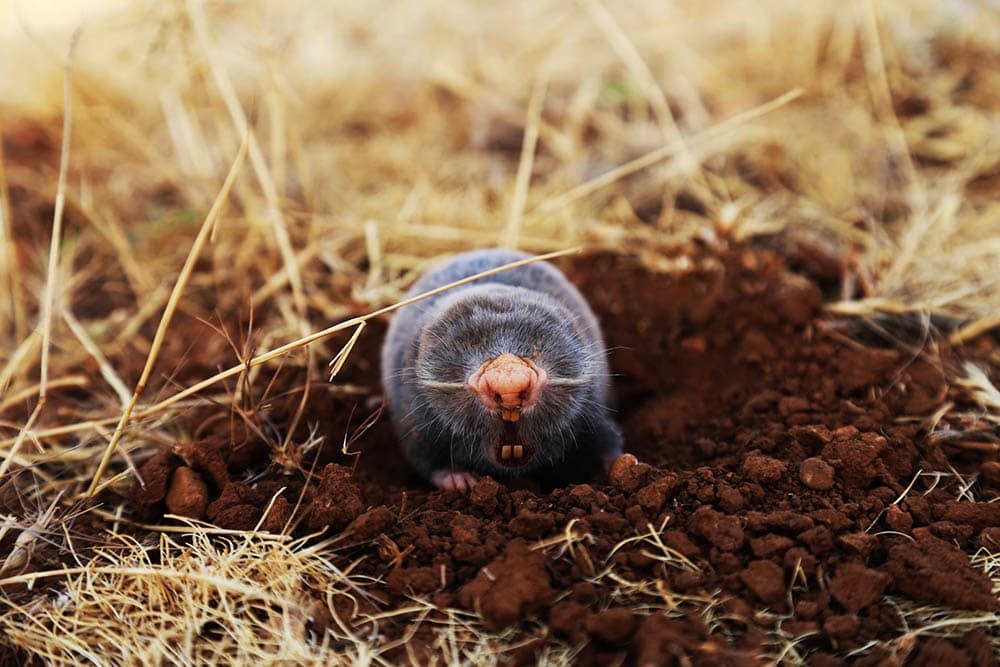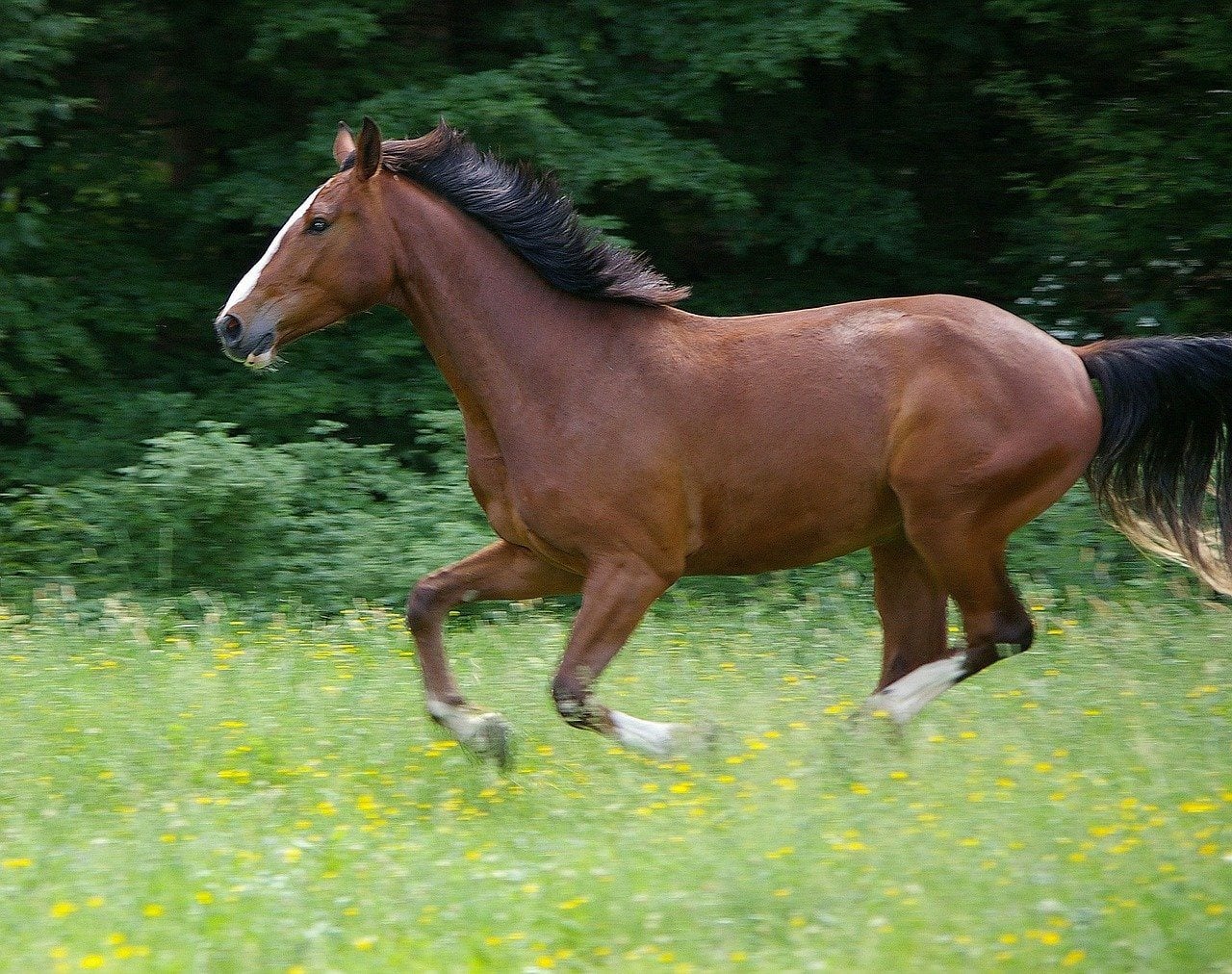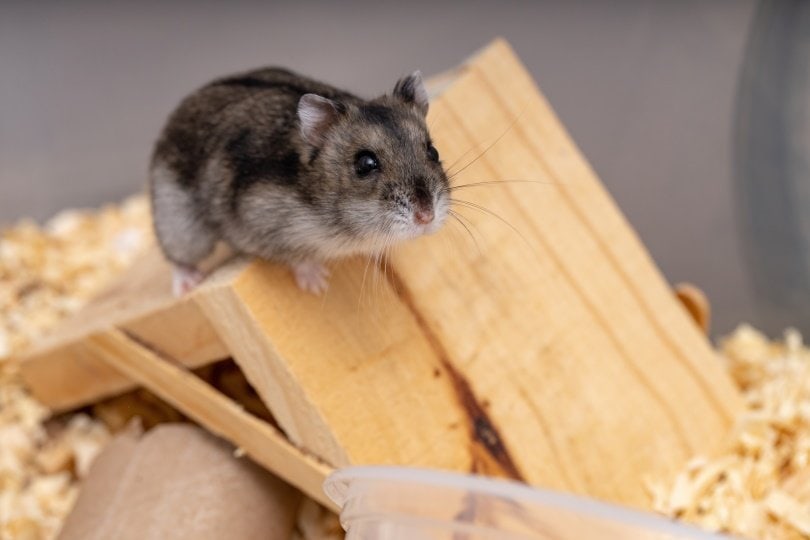VET APPROVED

The information is current and up-to-date in accordance with the latest veterinarian research.
Learn more »Click to Skip Ahead
If you happen to live in a rural area, chances are you’re familiar with moles. Gardeners consider them invasive since they dig tunnels, destroy roots, and devastate lawns. But to many animal enthusiasts, moles are cute, fascinating creatures that are fun to watch.
At first glance, a mole may appear as though it’s blind and deaf. However, moles have tiny eyes and ears hidden under a thick layer of fur. So, does a mole make a great pet? The answer is, unfortunately, no, moles do not make great pets, and we’ll explain why. We’ll also provide you with some interesting information about moles we hope you’ll enjoy!

Why Moles Make Bad Pets
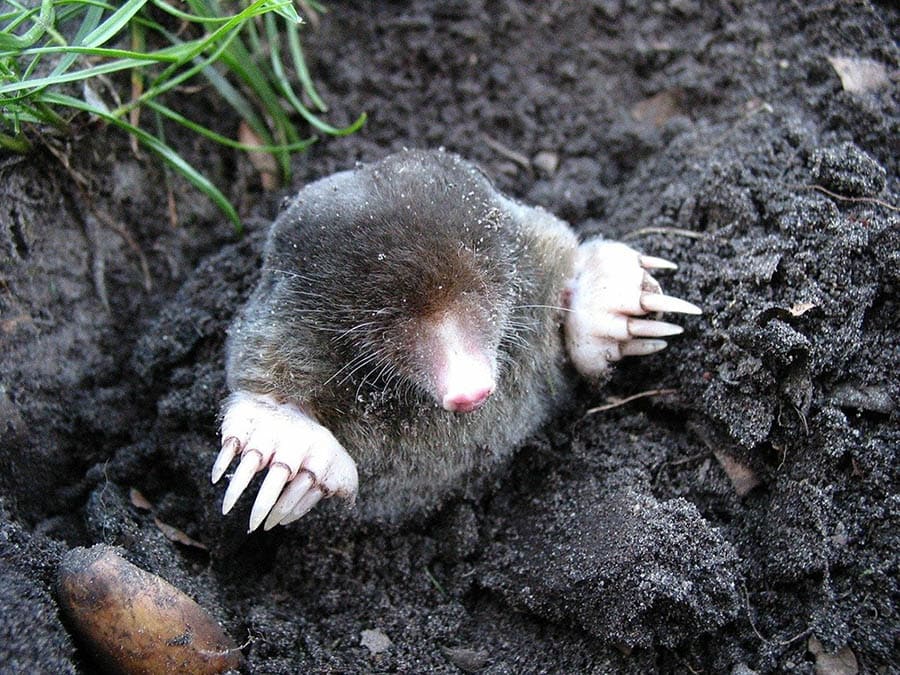
Even though moles are adorable, they should not be kept as pets. Moles don’t handle stress well and are natural burrowing animals. Housing them in cages or other enclosures that don’t allow them to dig is likely stressful to the animal, as they wouldn’t be able to express normal behavior (which is considered one of the pillars of animal welfare).
Another reason why moles make bad pets is that they don’t like to be touched. They used to spend most of their time underground alone, searching for food.
Depending on the species, a mole may eat half of their body weight in worms every day, and since they dig underground for food, they’re unlikely to eat from a bowl of worms in a cage.
In addition, though not known for biting, a mole that is cornered, stressed, or startled may definitely bite out of fear. Their saliva contains a toxin for worms, which hasn’t been well studied in humans. Needless to say, a bite from any wild animal would warrant prompt medical attention.
Other Ethical Considerations About Keeping Moles As Pets
The fact that moles are wild raises other ethical concerns about keeping them as pets. Like all wild animals, moles play an important role in their ecosystems. These include the following:
- Aerating the Soil – as moles dig, they help aerate the soil by shifting it around.
- Controlling Slug, Earthworm, and other Insect Populations – moles help keep the numbers of many animals in check in their environment. In turn, this activity helps keep the plant biodiversity and populations stable in the environment as well.
- Food Source – moles are a natural food source for the animals that hunt them.
- Archeology Investigations – the digging activity of moles has helped archeological findings. Archaeologists can find evidence of human habitation by examining molehills for shards and other small objects1.
Beyond these though, one has to consider the legal implications of keeping a mole as a pet. In some parts of the world, it may be illegal to keep a mole as a pet. In other jurisdictions, a permit might be needed. In some parts of the world, it may also be legal for an outdoor mole “pet” to be killed by a hunter – which would be very devastating for any pet owner.
In addition, it is also important to keep in mind that the wildlife pet trade is largely unregulated and based heavily on supply and demand. Though one might have the best intentions when they choose to purchase a mole, it is worth noting that supporting this activity just promotes it even more, and countless animals may end up in enclosures or environments that seriously compromise their long-term welfare. The act of sponsoring wildlife capture by purchasing such pets also puts other animals at risk.
The public health implications of adopting a wild animal also are deserving of mention. A wild animal may harbor many different pathogens all over their body which can infect the people, fauna, and environment that they interact with once they are displaced from their natural environments. This can lead to an outbreak of diseases or the faster spread of unwanted pathogens around the world.
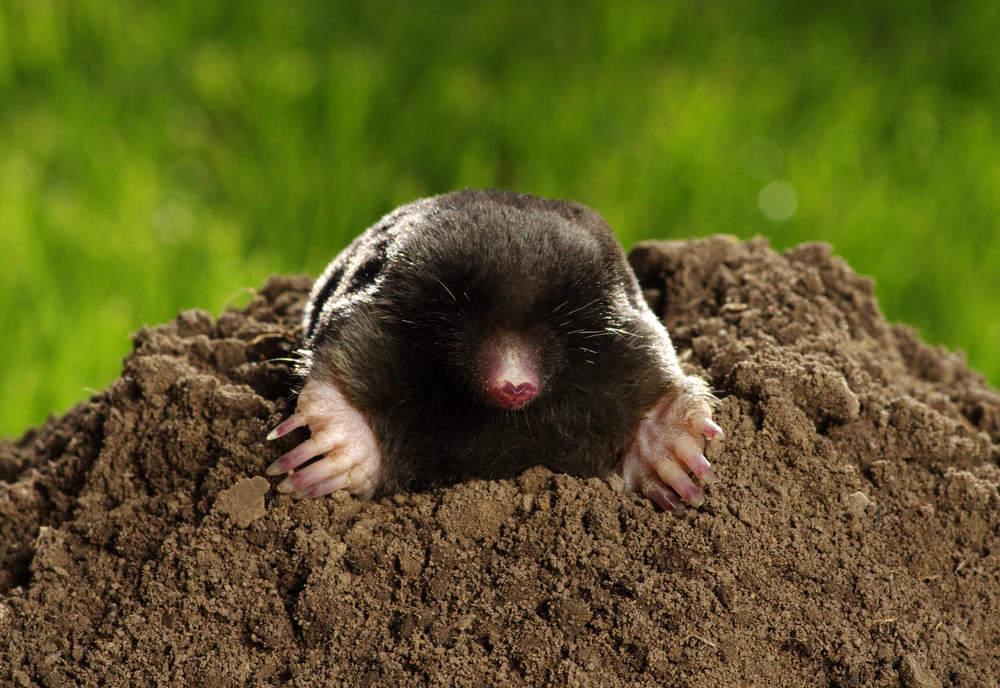
Other Facts About Moles
Moles Are Insectivores
Many people think moles are rodents because they look somewhat like mice and rats. However, moles are not rodents at all. They are insectivores in the Talpidae family, which is a group of mammals that eat insects. Other animals in this group include shrews, hedgehogs, anteaters, and armadillos.
A mole is 5 to 7 inches long (depending on the species) and is a very solitary animal that rarely leaves its tunnel system. Moles eat many types of insects in the ground, like grubs and ants, but their favorite food is the earthworm. Moles catch worms by tunneling underground using their big paddle-like front feet.
When an earthworm burrows and ends up inside a mole’s tunnel, the mole will hurry to the site and quickly consume the worm. Moles are known for their humongous appetites and extremely fast eating. A mole can kill and eat an earthworm faster than a human eye can track, which is an incredible fact about this animal that makes it truly amazing.
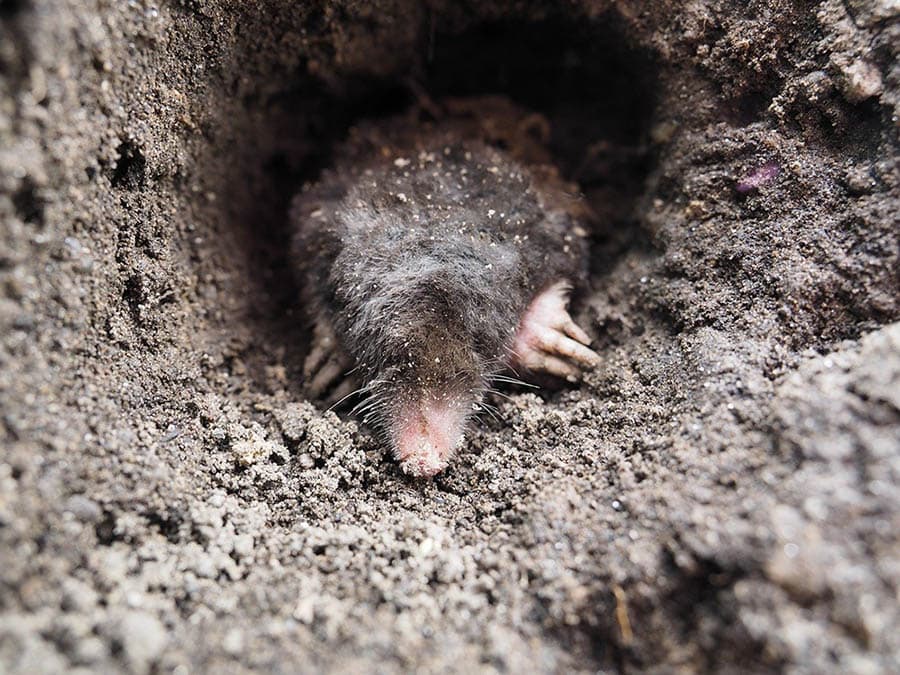
Moles Hear and Smell Very Well and Dig Holes Like Champs
While moles don’t have excellent eyesight, they have an amazing sense of hearing and smell. Moles also appear fat and sluggish, but the truth is they’re very fast movers that can dig tunnels through loosened soil at a dizzying speed of about 20 feet per hour in quest of their favorite food, the common earthworm.
In a single day, a mole can dig a tunnel system that’s 150 feet long. A mole is not an animal that takes long breaks from work, as it will dig tunnels year-round. It’s very possible for a single mole to decimate a medium-sized yard in just one day! This animal’s ability to dig tunnels so quickly and efficiently is why most gardeners hate moles and will go to great lengths to get rid of them.

In Conclusion
Even though they’re cute, moles are not good pets. In fact, moles are considered a poor pet choice because it is impractical and often unethical to displace them from their natural habitat to be kept as pets. A mole may also pose a threat in the form of a public health risk (as any other wild animal would!)
Moles are wild animals best left outdoors on their own to do what moles do best, which is to build elaborate tunnel systems to hunt and capture prey. If you want to keep a small animal as a pet, play it safe and get a hamster or gerbil that adapts well to being kept as a pet.
See also:
Featured Image Credit: ahmad kanbar, Unsplash
